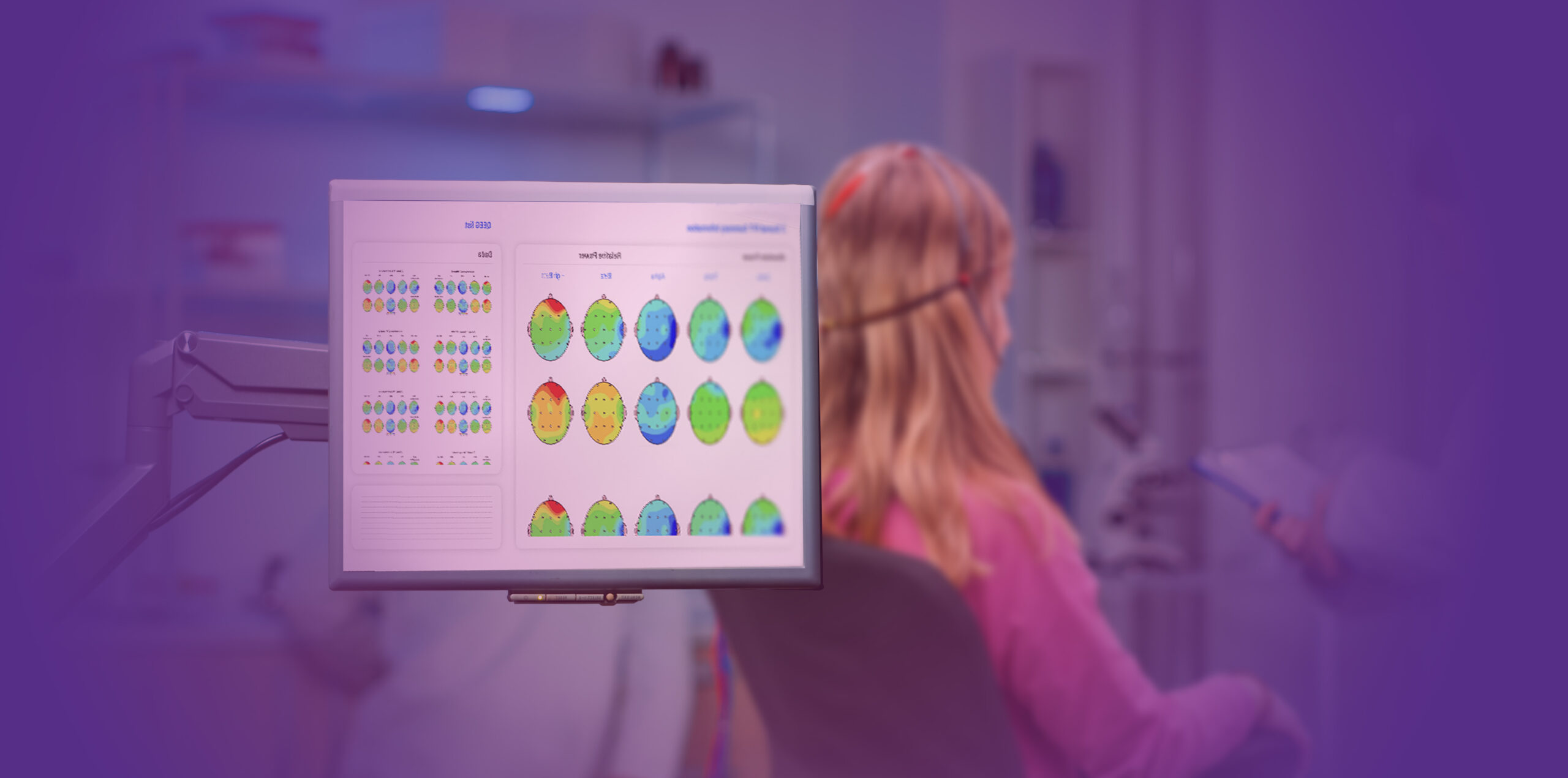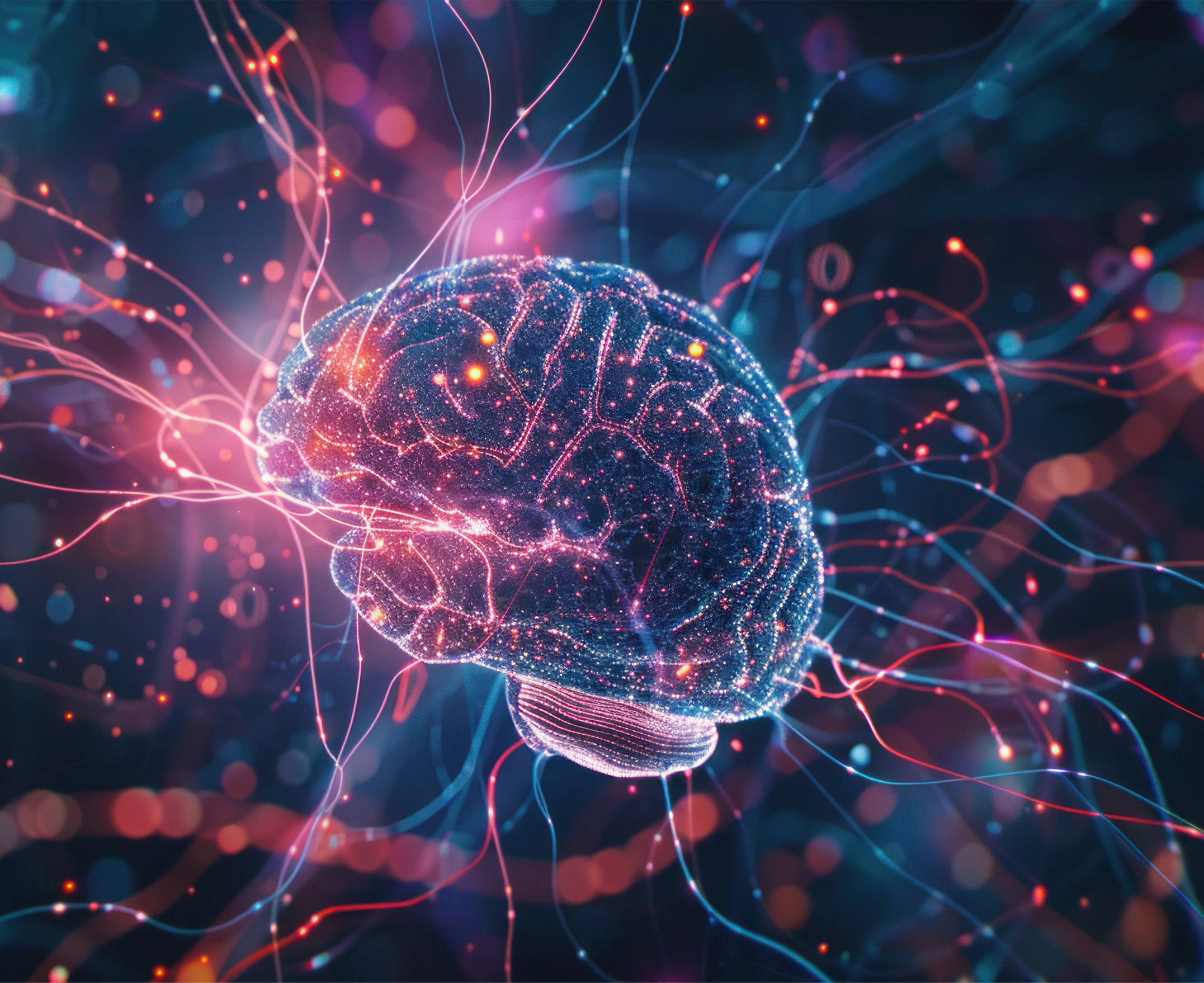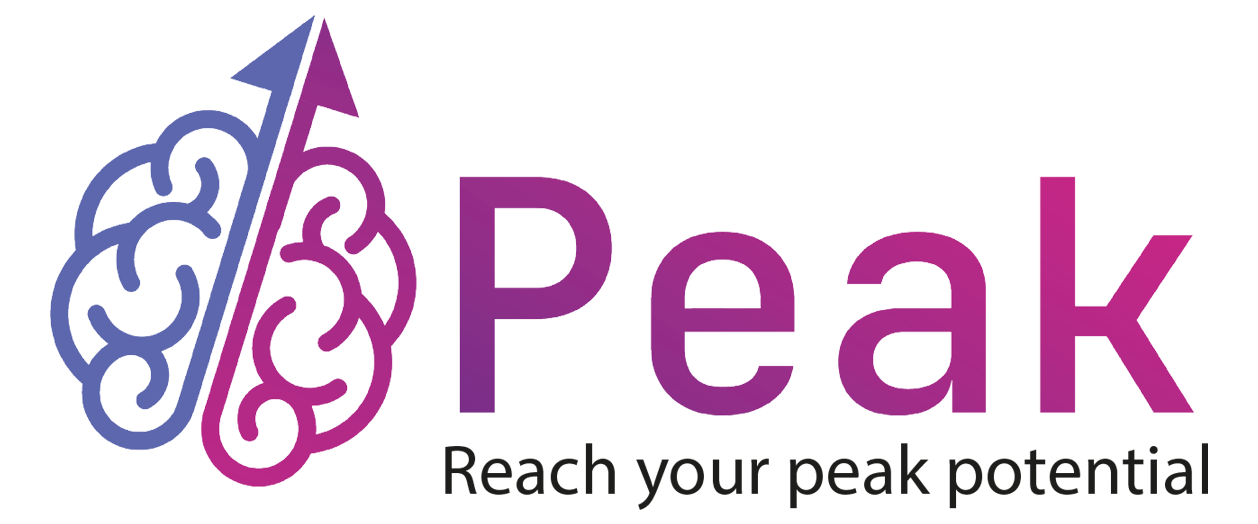Neurofeedback therapy is gaining recognition for its ability to improve brain function, from treating conditions like ADHD and anxiety to enhancing performance in athletes and professionals. But one of the most common questions is: how quickly does neurofeedback work? The answer can vary depending on individual goals, the condition being treated, and how consistent a person is with their sessions. Let’s explore the timeline for neurofeedback results and what you can expect as you progress through therapy.

What Determines How Fast Neurofeedback Works?
The speed at which neurofeedback produces results depends on several factors, including:
- The condition being treated:
Conditions like ADHD, anxiety, and sleep disorders may show noticeable improvements within the first 10-20 sessions. However, more complex issues or performance training may require more time.

- Consistency:
Regular, consistent sessions are key to achieving faster results. Skipping sessions or not adhering to the recommended schedule may delay progress.

- The individual’s brain and goals:
Everyone’s brain is unique, and people respond to neurofeedback at different rates. Some individuals may see changes after just a few sessions, while others may need a more extended period to see improvements.

When Will You Notice Improvements?
On average, clients tend to notice initial changes in brain function and behavior after 10 to 20 sessions. For example, individuals undergoing neurofeedback for ADHD often report increased focus and reduced impulsivity within the first few weeks. Research shows that neurofeedback can be as effective as stimulant medications, with long-lasting benefits for individuals who complete their treatment program.
A study titled “Neurofeedback Treatment for Attention-Deficit/
Hyperactivity Disorder in Children: A Comparison With Methylphenidate” found that neurofeedback therapy produced comparable results to traditional stimulant medications like Ritalin, providing a non-drug alternative for treating ADHD in children. source here
Neurofeedback for Anxiety and Depression
For individuals seeking relief from anxiety or depression, neurofeedback often works by training the brain to reduce overactive beta waves, which are associated with stress, or increase alpha waves for calm and focus.
According to a 2021 study, patients with major depressive disorder experienced measurable improvements in mood and emotional regulation after 15-20 sessions of neurofeedback therapy.

“In a study titled Neurofeedback in the Treatment of Depression: A Review of Efficacy and Mechanisms, researchers found that neurofeedback significantly improved symptoms of depression by regulating brainwave activity and promoting better emotional control. While some clients may notice a reduction in anxiety within a few sessions, lasting change typically requires 20-40 sessions, depending on the severity of the condition. As neurofeedback helps the brain shift into a more balanced state, clients experience long-term improvements in emotional stability.

Example:
At Peak Centers, a 35-year-old client with generalized anxiety disorder (GAD) began noticing reduced anxiety levels after her 10th neurofeedback session. By the 20th session, she reported feeling more in control of her emotions and was able to better manage stressful situations at work without experiencing the overwhelming anxiety that previously held her back.

Peak Performance: How Fast Can Athletes See Results?
Athletes and professionals using neurofeedback to enhance their performance may experience faster improvements in focus, reaction time, and stress management. According to reports from the Italian national soccer team during their 2006 World Cup win, neurofeedback training helped the players sharpen their mental focus and improve their ability to perform under pressure. Many athletes notice improvements in mental clarity and decision-making after just a few sessions, while peak performance gains can be seen after 10-15 sessions.
Example:
An elite sprinter at Peak Centers reported sharper reaction times and better race-day focus after just 12 neurofeedback sessions. By learning to control her brainwaves during training, she was able to stay calm at the starting line and achieve faster starts in competition.Discover how Neurofeedback boosts athletic performance.


How to Maximize Neurofeedback Results
To get the most out of neurofeedback, it’s essential to:
- Stick to the recommended session schedule:
Consistency is key to seeing improvements. Most clients attend neurofeedback sessions 2-3 times per week. - Pair neurofeedback with other lifestyle changes:
Combining neurofeedback with mindfulness practices, good sleep hygiene, and proper nutrition can accelerate results. - Communicate with your therapist:
Regular check-ins with your neurofeedback provider help tailor the therapy to your needs, ensuring optimal results.
Does Neurofeedback Work for Everyone?
While neurofeedback is highly effective for many individuals, the speed of results can vary. Some clients may experience rapid improvements, while others may need more time to retrain their brains. It’s important to approach neurofeedback with patience and a commitment to completing the full treatment plan. For long-term, lasting changes in brain function, the time investment is well worth it.

Conclusion: Neurofeedback Is Effective and Worth the Time
Neurofeedback therapy offers long-lasting improvements for mental health, cognitive function, and performance. While the timeline for results can vary depending on individual goals and the condition being treated, most clients notice changes within 10 to 20 sessions. Whether you’re managing ADHD, reducing anxiety, or striving for peak performance, neurofeedback helps your brain function at its best.
Curious about how neurofeedback can benefit you? Contact Peak Centers today to schedule a consultation and start your journey to better brain health.



